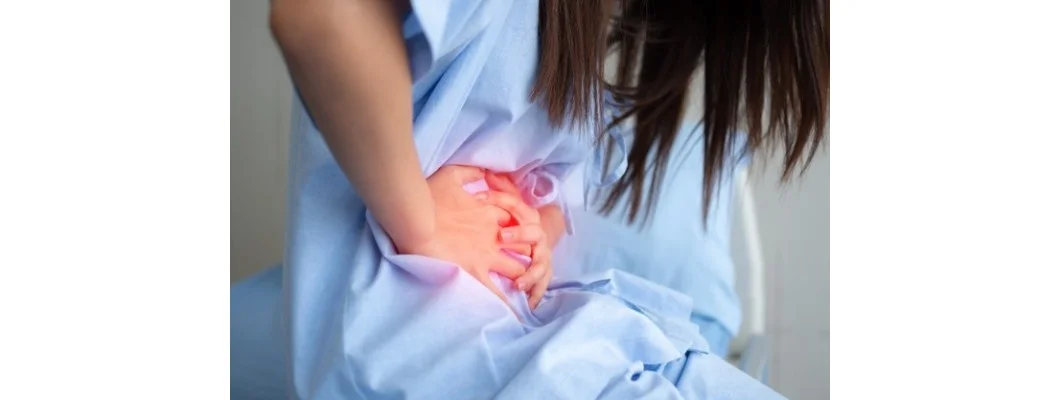
Homeopathy Treatment for RENAL COLIC
The patient has a
history of intense paroxysms of lancinating pain that begin in one area of the
loin and spread to the forward of the thigh or the testes, or the vulva. Also,
there is an increased frequency of vomiting, sweating, shivering, and pallor. There
is also a small degree of collapse. These symptoms are followed by blood loss
and pus. The cause may be RENAL COLIC.
Smaller stones might
not result in any signs. Larger stones may cause renal colic, particularly when
they block the urinary tract. The ureter is the tube your urine passes through
to get from the kidney to the bladder.
The signs
● extreme pain along the
back of your body between your ribs and your hip or in the lower part of your
abdomen
● discomfort that can
spread into your back or groin
●
nausea or vomiting
A colic pain in the
intestines usually occurs in waves. The duration of these waves ranges between
20 and 60 minutes.
Other indications of
urinary stones are:
● discomfort when you go
to the bathroom
● Urine blood, that could
be red, pink, or even brown
● Ureter that smells
cloudy or foul
● gravel -tiny bits of
stones found in your urine
● Urinary urgency is
urgently needed.
● The amount of urine you
urinate is greater or less than normal
●
Chills and fever (if you are suffering from an infection)
HOMOEOPATHIC TREATMENT
Before you begin the
therapeutic treatment for the suspected cases of renal colic and calculi look
into the size, shape, and content of the stone using ultrasound, x-ray and
biochemical analysis. Only tiny calculi can be eliminated by the flow of urine.
Larger ones might require lithotripsy or surgery.
Treatment is comprised
of two components of treatment - one for an acute attack, and the second is in
the interval.
The treatment for an
attack of renal colic consists mostly of relief of vomiting, pains and
collapse. At times, heat application may relieve.
Berberis vulgaris is a
condition that radiates pains that originate from the kidneys and reach the
bladder. The pain of the kidney extends down the ureter and extends to the
liver, stomach, and spleen. It stops breathing. The sensation of a bump in the
region of the kidneys. The sensation of frequent urination is that urine is
left behind. Urine is mucoid, thick bright yellow, red, or sandy.
Calcarea carbonica is a good remedy for an upset kidney and colic in the bladder; it is dark-brown, foul, or has a strong odor. There is a white urine fluid with milky urine occasionally bloody. Other characteristics of the constitution are as well.
Benzoic Acidum is recommended for kidney dysfunction and excessive uric acid that causes cystitis. Wetting the bed makes the brown color of linen. Diathesis of the uric acid. The pains can suddenly shift in their location.
Lithium carbonicum is a
cause of soreness in the bladder. It is painful located in the right kidney as
well as the ureter. It is a good candidate for uric acid diathesis. Urine is
thin and there is plenty of thirsts. The urine is turbid, and mucous the urine
is sluggish as well as dark and acidic that is sand-like in its deposits.
SarsaparillaOfficinalis suffers from pain in the right kidney down. Urging to urinate during menses. Extreme pain after the completion of the urination. Colic in the bowel and painful urination in children. It is possible to pass urine when standing. Dribbles while sitting. The bladder's Tenesmus.
Ocimum Canum fits uric
acids diathesis. Urine that is extremely acidic results in the creation of
spiky crystals. Urinary acid is dense, turbid, clear, and bloody; it is brick
dust, yellow or red sediment. It smells like musky. Renal colic that causes
violent vomiting particularly right-sided and left-sided, take low doses when
used in a series of doses.
Hedeoma pulegioides is
more effective in female urinary disorders. Pain is usually more concentrated
on the left side of the ureter. pulling pain from the kidneys into the bladder.
A dull, burning sensation on the kidney on the left. A burning irritation in
the neck of the bladder, causing the desire to frequently micturate and the
difficulty in holding urine longer than one or two minutes. The patient feels
better after microturating.
